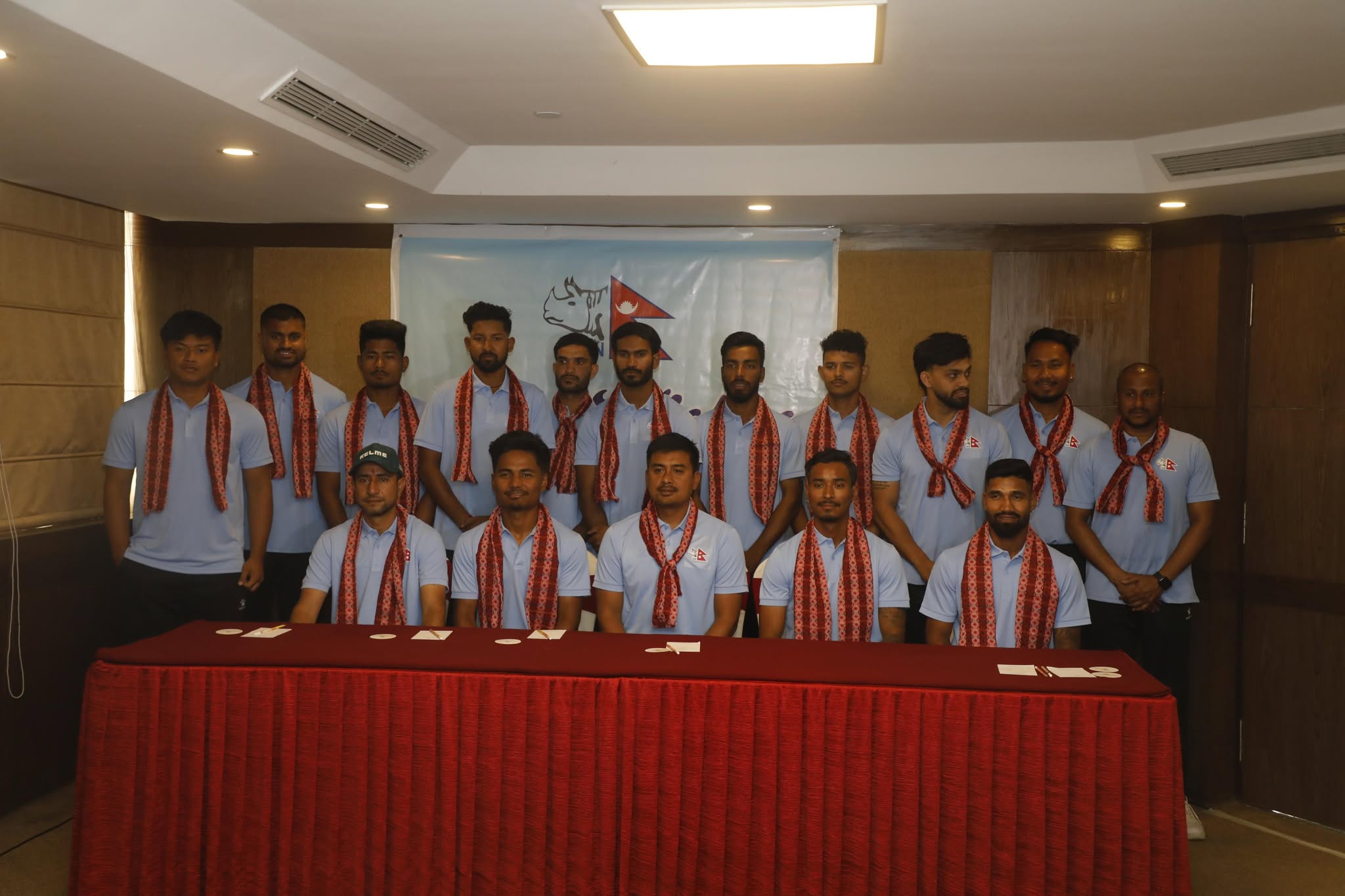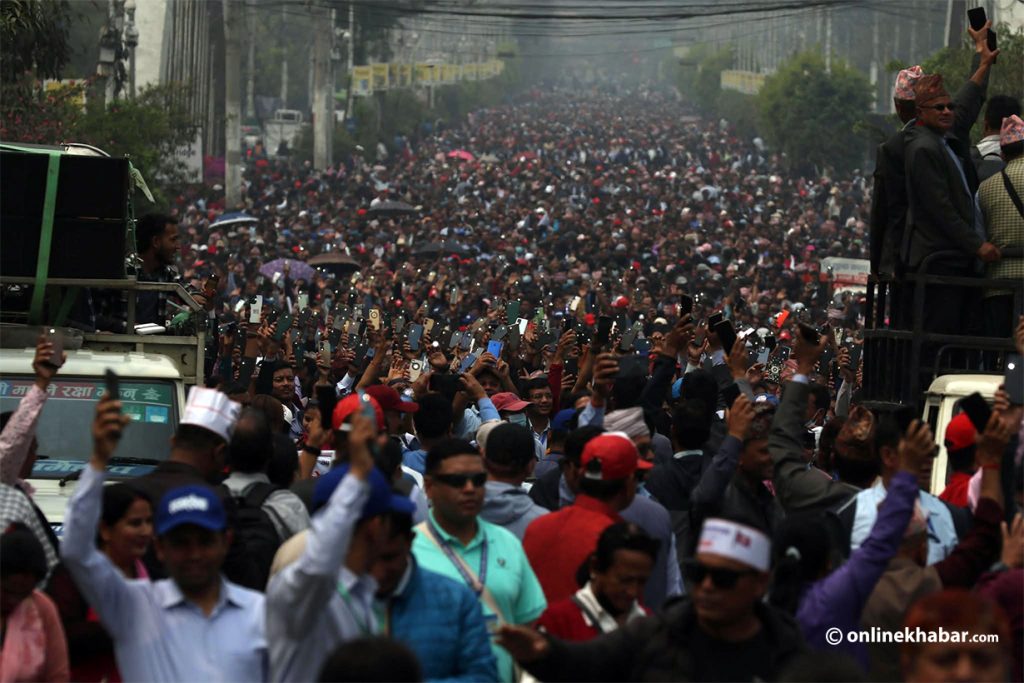
No one enjoys the narrow alleys in the vicinity of – and which inevitably lead to – Varanasi’s famous ghats more than cows and hashish peddlers. The former trundle through the alleys, devouring food left on the doorsteps by devout locals, who revere them, affectionately addressing them as Gau Mata, Cow Mother. The latter lurk in strategic corners in the alleys. As tourists pass by, they sidle up and whisper “hashish” into their ears as though they were uttering a word that contained all the wisdom of this ancient city beside a sacred river. The alleys are like universes, smelling of cow dung, and buzzing with a blend of Japanese and Italian.
The alleys are no man’s land bisecting the newer city and the timeless ghats, between the city struggling over right-of-way and the other still rooted in rites and rituals. Leaving the peddler awaiting the next unsuspecting ear to pass by, I would walk along the banks of the Ganges, entering any compound that didn’t look private. These often turned out to be ashrams and temples. They were quiet places, with either a caretaker snoozing in a chair or a priest cleaning the inner sanctum.
On the other side was the Ganges, flowing like it had for centuries. Its great width – well over a kilometer – meant its waters monopolized the view to the east: if you looked in that direction, you contemplated on the water and all that happened on it or at its edge. It was easy to understand why many Hindus chose to spend their last days in these tranquil places beside the river believed to have descended from the heavens.
The banks of the heavenly river must have drawn people since time immemorial because Varanasi (the name alludes to the Varuna and Assi rivers, two tributaries of the Ganges that merge in the city) is the oldest city in India and one of the oldest continuously inhabited cities in the world. It has changed names a couple of times – from Kashi to Benaras – suffered the marauding army sent by the Mughal emperor Aurangzeb to destroy its temples, but its significance has survived undiminished. It’s like the Ganges flows by and deposits something magical on its bank that powers the city’s spiritual life.

Laying eyes on Mother Ganga is not enough for most Hindus; they need to feel her. That is why hundreds of people descend to the ghats, wide stone stairs leading down to the edge of the river, on any given morning. Undeterred by the flotsam and garbage lining the shore, people waded in and, chanting the praises of Ganga Maiyya, dipped into the water several times. It is said that bathing in the Ganges washes away any sin accrued by a person. The water’s purifying qualities are a matter of belief, but the belief that brings people here itself has a wonderful effect. You cannot help but marvel at the old man, emaciated with age, ribs protruding, shuffling to the water’s edge, wading in, mumbling a prayer, and dipping into the river several times. Ancient customs are the patterns of everyday life in Varanasi.
The Sacred and the Secular

Dashashwamedh Ghat
Mythology puts this ghat as the site of a sacrificial offering of ten horses by Brahma (dash: ten; ashwa: horse; medh: sacrifice). It’s the most crowded and colorful of Varanasi’s ghats. Varanasi is called the City of Lights and it becomes clear why when you visit this ghat in the evenings. It turns into a surreal spectacle as elaborately choreographed aarti is performed on it.
Gallis
The senses are under constant assault in Varanasi’s gallis, the narrow alleys that form a labyrinthine network through the city. The smells are unpleasant; ears ring with the miraculous claims and ceaseless spiel of touts selling everything from silk to hashish; eyes reel trying to take in the deluge of sights from shimmering embroidery works to oncoming motorbikes to corpulent cows trundling through the alley. Varanasi’s gallis may lack the spaciousness, cleanliness or tranquility of an ancient city, but they offer instant insights into the culture and lifestyle of the place that can hardly be had if you steer away from these frenetic arteries.
Sacred Sites
Vishwanath Temple
This temple is the beacon of Varanasi’s spiritual heritage as well as a monument to its adherence to traditions. The Mughal emperor Aurangzeb destroyed the temple in the middle of the seventeenth century. The temple, which was rebuilt in 1776 by Ahalya Bai of Indore, is dedicated to Shiva’s Vishveswara (Lord of the Universe) manifestation. Another monarch, Maharaja Ranjit Singh of Lahore, provided the 800 kilograms of gold that went into plating the temple’s towers. In terms of spiritual merit, only bathing in the Ganges is more important than a visit to this temple.
Gyan Kupor Well (Well of Knowledge)
This well is located near the Vishwanath Temple. It is said that the water from this well had magical properties: anyone who drank it would have a deep spiritual experience. That claim cannot be verified, for the well is now covered. It is also said that the well was sealed to conceal a Shiva lingam originally housed in a temple that was destroyed by Aurangzeb’s forces.
Durga Temple
This temple was built in the eighteenth-century by a Bengali queen. The inner sanctum of this shikhara-style temple houses an image of goddess Durga.
Tulsi Manas Temple
This temple occupies the same site where once the poet Tulsi Das lived and wrote the Ram Charit Manas, the Hindi version of the Hindu epic Ramayana. The temple’s walls are adorned with engravings of verses and scenes from Ram Charit Manas. Many of those scenes come alive each day at this temple during the daily enactment of Hindu mythological tales.
Beyond the City
Sarnath
Sarnath, located 10 kilometers from the bustling Varanasi, is where the Buddha gave his first sermon. The tranquility of its gardens is deepened if one has spent some time in the boisterous Varanasi. A walk through the place is a meditation, whether on the Buddha’s message, the history, and significance of the place, the beauty of the surroundings, or the very fact that you don’t spend more time in places like these. One of the most impressive sights in the Sarnath area is the massive remnant of the 34-meter-high Dhamekh Stupa. (The Chinese scholar Xuan Zang, visiting in AD 640, wrote of a 100-meter-high stupa). The present structure dates back to 500 AD, but bricks from 200 BC have been discovered at the site. The ruins of a large monastery and a broken Ashokan pillar are redolent of a time when Buddhism flourished in the area. There is a museum across the road from the ruins. Visit for a swift lesson in the tumultuous history of this site, which once had a monastery with 1500 resident monks but which disappeared off the map in the 12th century until its rediscovery in 1835.
Ramnagar Fort
This majestic building across the Ganges from Varanasi is the residence of the former Maharaja of Benares. It is also a museum. The pomp and splendor of the palace no longer exist here but it still houses several of the trappings of a regal life. These include a line of vintage Fords and Cadillacs. Grander still are the gold-plated elephant howdahs and silver palanquins. The item that you are likely to stand in front of the longest is a masterpiece of ingenuity. This is an astrological clock that depicts the position of the sun, the moon’s phases, and provides astrological information, besides serving the banal function of telling time. Perhaps the best experience the fort affords is the opportunity to stand on the stone platforms at its western end, watching the Ganges flowing by and the timeless city across it.

To Eat
There are restaurants and eateries in every corner of the tourist section of the city, which parallels the Ganges. Shops selling local delicacies abound, too. Varanasi is famous for its dairy products—yogurt, lassi, and sweets. And you won’t have to look too far for that almost indispensable after meal item: pan.
To Stay
There are countless hotels in Bengali Tola, a locality that sits parallel to the Ganges. The Urvasi Guest House has clean rooms, a cozy little restaurant, and a rooftop with views of the Ganges. Other budget accommodations in the area include Ganga Yogi Lodge and Singh Guest House. There are also guesthouses that are tucked away from the bustling tourist section of the old city. You need to wander and explore a bit to find these.
Getting There
There are direct flights to Varanasi from Kathmandu several times a week. You can also travel to Sunauli, on the Indian border, and go by taxi or bus to Gorakhpur, from where you can catch a train to Varanasi.
Special Things to Remember
Varanasi is unbearably hot during the summer months, especially just before the arrival of the monsoon (June). The heat can suck all the fun out of sight-seeing, so it’s best to avoid going there in summer. The narrow alleys of the section of the city along the river can easily disorient you. No one wants to ruin their experience by having a blabbering guide along when you go exploring, but it is also not a bad idea to ask your hotel staff for directions to your destination before heading out. And whether you are hiring an autorickshaw or want a room, don’t hesitate to bargain; Varanasi folks expect it.






















